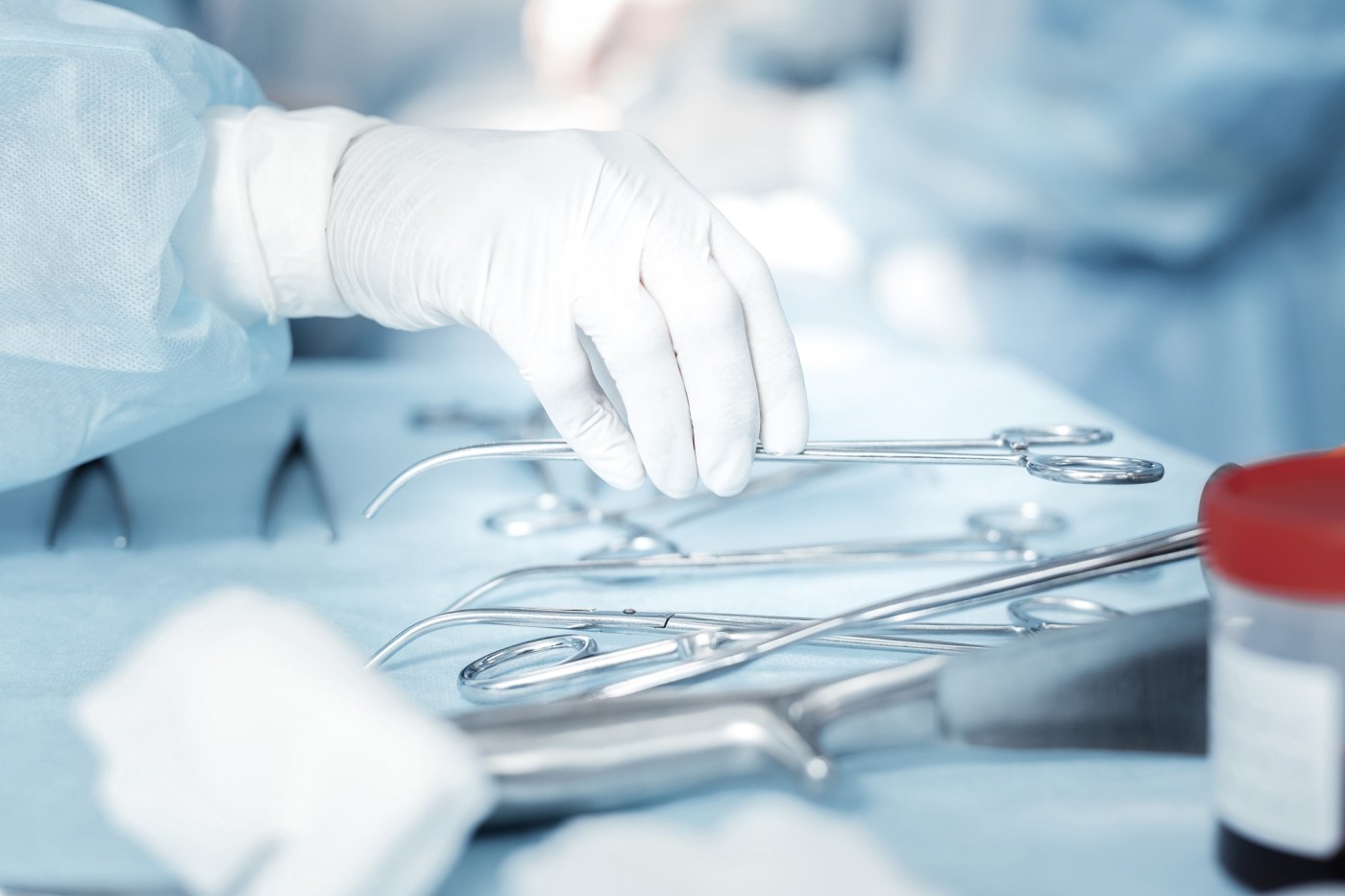When the FDA assembled a committee of advisors to assess a heart device developed by Abbott, it left out a crucial piece of information: most of these advisors had received payments from the company or conducted research funded by it. This information was readily available in a federal database.
One committee member had received payments from Abbott amounting to almost 0,000. Another committee member had received payments totaling 0,000 and conducted research supported by ,000 from Abbott. A third committee member had worked on research supported by over 0,000 from Abbott.
The government database, known as “Open Payments,” documents financial ties between healthcare professionals and manufacturers of drugs and medical devices. KFF Health News found records of Abbott payments linked to 10 of the 14 voting members of the FDA advisory panel, which was assessing the clinical evidence for a device called the TriClip G4 System. Over 0,000 in payments were made between 2016 and 2022.
The panel almost unanimously approved the device, stating that its benefits outweigh the risks. On April 2, Abbott declared that the FDA had authorized TriClip, which aims to treat leakage from the heart’s tricuspid valve.
These payments underscore the reach of medical industry funding and highlight the challenges of transparency within the FDA. Scrutiny is also cast on how the agency manages connections between committee members and the manufacturers of drugs and medical devices that they review as part of the regulatory approval process.
Experts assert that these payments ought to have been disclosed during the February 13 meeting. Dr. Joel Perlmutter, a former FDA advisory committee member, expressed via email that such information should be disclosed in the interests of objectivity and to prevent any bias.
The Open Payments database records various kinds of payments from drug and device manufacturers. Categories include “associated research funding” (where a physician is named as a principal investigator) and “general payments” (which encompass consulting fees, travel expenses, and meals connected to physicians).
At the public meeting to discuss the TriClip device, an FDA official announced that the committee members had undergone screenings for financial conflicts of interest and met all regulatory requirements.
FDA spokesperson Audra Harrison declined to comment on individual advisory committee members but emphasizes that the agency adheres to all appropriate protocols and regulations in reviewing committee members and upholds the integrity of its screening process.
**Appearance Matters**
Candidates for FDA advisory committees must submit a disclosure report that details their current and past financial interests and potential “appearances” of a conflict.
The FDA has discretionary power to decide whether an individual with an “appearance issue” can serve on a panel. Relationships that exceed a year in the past typically do not prompt such issues unless they indicate close ties to a company or involvement with the device under review.
The main concern is whether financial interests could reasonably raise questions about a member’s impartiality.
The FDA distinguishes between appearance issues and conflicts of interest. A conflict of interest arises if a person selected for an advisory committee has financial interests that could be affected by their service on the committee.
If the FDA deems a potential conflict of interest, it can issue a public waiver. No TriClip panel members received such a waiver.
**’Unbridled Enthusiasm’**
The FDA designated TriClip as a “breakthrough” device, acknowledging its potential for treating life-threatening conditions. TriClip received approval despite a clinical trial that showed numerically higher mortality and heart failure hospitalization rates among patients treated with the device.
The advisory committee voted in favor of TriClip, with only a single dissenting vote on the device’s effectiveness. The member with the most payments recorded from Abbott cast this dissenting vote.
Dr. Paul Hauptman, who received the most Abbott payments, remarked during the meeting that safety concerns were evident but urged caution in embracing excessive enthusiasm.
Dr. Hauptman’s impartiality came into question, given his substantial Abbott payments. Other committee members, despite concerns, cast favorable votes.
Dr. Marc Katz, who received over ,000 from Abbott, voted yes on safety but initially hesitated on effectiveness before later voting in favor of the benefits outweighing the risks.
Dr. Mitchell Krucoff, who received 5,000 from Abbott, acknowledged that doctors had much to learn from post-market use of TriClip.
Dr. John Hirshfeld, who received ,000 from Abbott, disclosed the payments and was cleared by the FDA, emphasizing that he had no stake in Abbott’s success and his involvement with the company had ended.
**Conclusions**
The FDA’s approval of TriClip highlights the complexities of balancing patient safety with innovation. While the disclosure of payments to advisory committee members is a step towards greater transparency, critics believe the FDA has a narrow view of what should disqualify individuals.
The involvement of committee members with financial ties to device manufacturers can erode public trust and raise questions about the objectivity of the approval process. Striking a balance between fostering innovation and ensuring impartial scientific evaluation remains a pressing challenge for the FDA.






















